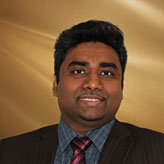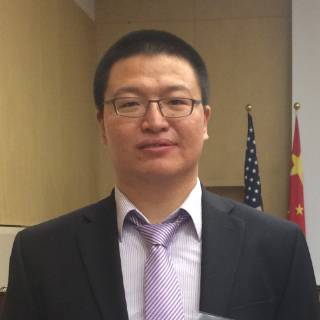
Solar Energy and Sustainability
The increase in demand in alternate energy sources to replace the use of fossil fuels has created a great interest in developing novel materials for solar energy capture, conversion and storage. Similarly, there is a vast area of evolving research to use solar energy based photocatalysis to convert carbon dioxide in the methanol. The research groups of Heagy and Ranasinghe are focused on developing novel materials for these technologies and investigating their photophysical properties. They utilize modern synthesis and state of the art instrumentations such as femtosecond time-resolved fluorescence upconversion, time correlated single photon counting, steady state fluorescence, UV-VIS absorption, solar simulators and other instrumentation to conduct research in this field.
Faculty
Associate Professor
 Professor Rubasinghege and his group is centered on discovering hidden reaction pathways
on complex environmental surfaces including components of mineral dust, sea ice,
urban snow, and polar stratospheric clouds. His team deals with heterogeneous chemistry
and photochemistry of these processes in search of molecular level insights that are
essential to reveal global processes - climate, biogeochemistry and environmental
toxicology, implications of nanotechnology on environment, and find remediation to
environmental issues.
Professor Rubasinghege and his group is centered on discovering hidden reaction pathways
on complex environmental surfaces including components of mineral dust, sea ice,
urban snow, and polar stratospheric clouds. His team deals with heterogeneous chemistry
and photochemistry of these processes in search of molecular level insights that are
essential to reveal global processes - climate, biogeochemistry and environmental
toxicology, implications of nanotechnology on environment, and find remediation to
environmental issues.
Assistant Professor
